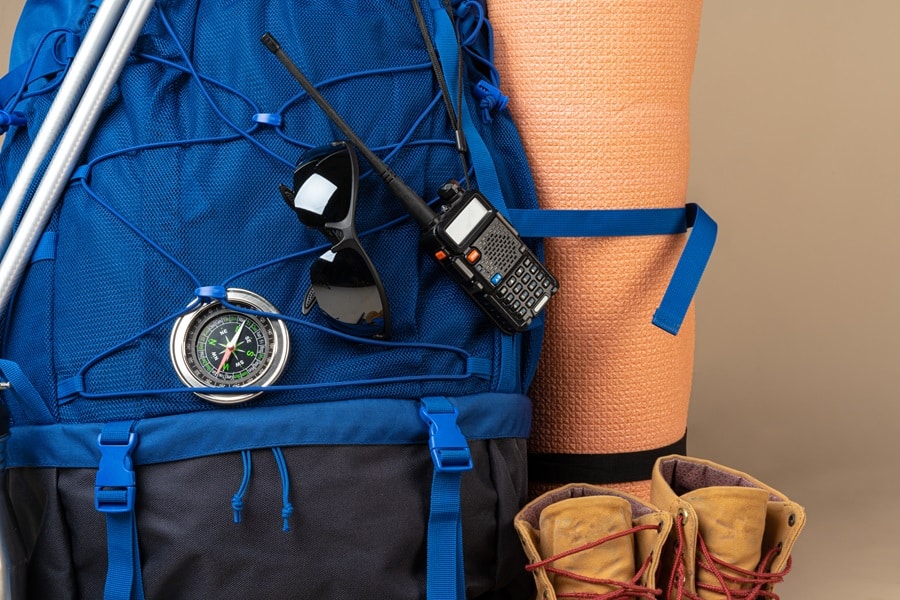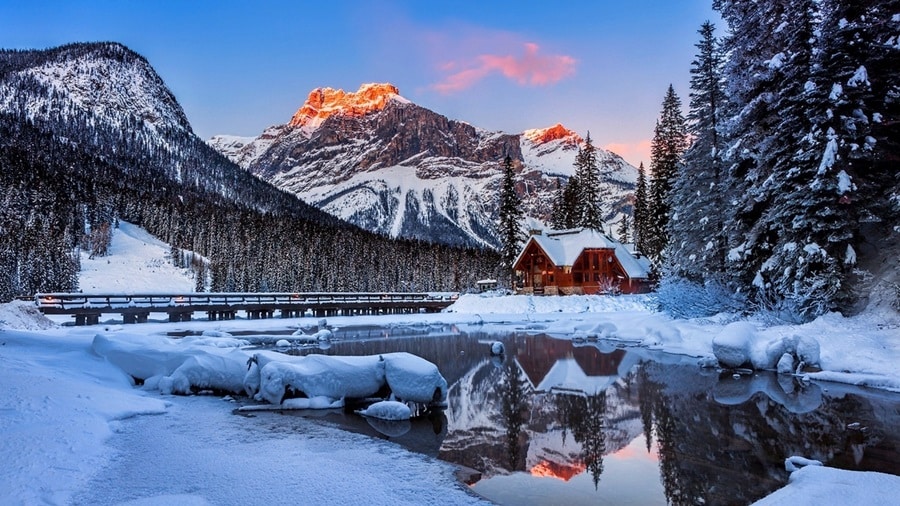Winter presents a unique set of challenges for survival, demanding skills and knowledge that go beyond those required in milder conditions. The cold, snow, and unpredictable weather patterns can quickly turn a simple outdoor adventure into a life-threatening situation. This post delves into the essential winter survival skills, from understanding the dangers of winter weather to building shelters and finding food. Equipped with this knowledge, anyone can confidently navigate the winter wilderness, ensuring safety and preparedness in the face of harsh, cold conditions.
Contents
Understanding Winter Weather And Its Dangers
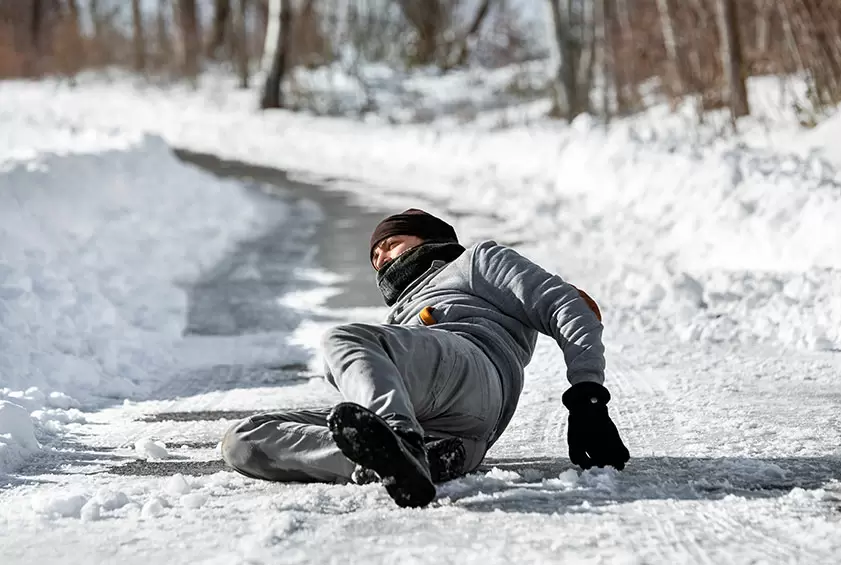
Winter weather is not just about the picturesque snowfall; it harbors potential dangers that one must be keenly aware of. The plummeting temperatures can lead to hypothermia, a condition where the body loses heat faster than it can produce, leading to a dangerous drop in body temperature. Frostbite is another risk, where skin and underlying tissues freeze, especially on extremities like fingers and toes. Additionally, ice can create hazardous conditions, increasing the risk of slips, falls, and accidents. Understanding these risks is crucial for anyone venturing into the winter wilderness. Being well-informed about the weather forecast and recognizing the early signs of these conditions can be lifesaving, enabling timely action and prevention.
In the realm of winter hazards, avalanches stand out as particularly deadly. They often occur without warning, and understanding the terrain and weather conditions that contribute to avalanches is vital. Learning to recognize avalanche warning signs and avoiding high-risk areas is imperative. Should one find themselves in an avalanche situation, knowing survival techniques, such as creating an air pocket and staying calm, could mean the difference between life and death. These dangers highlight the importance of not just physical preparedness but also having a deep understanding of the winter environment.
Essential Winter Survival Gear
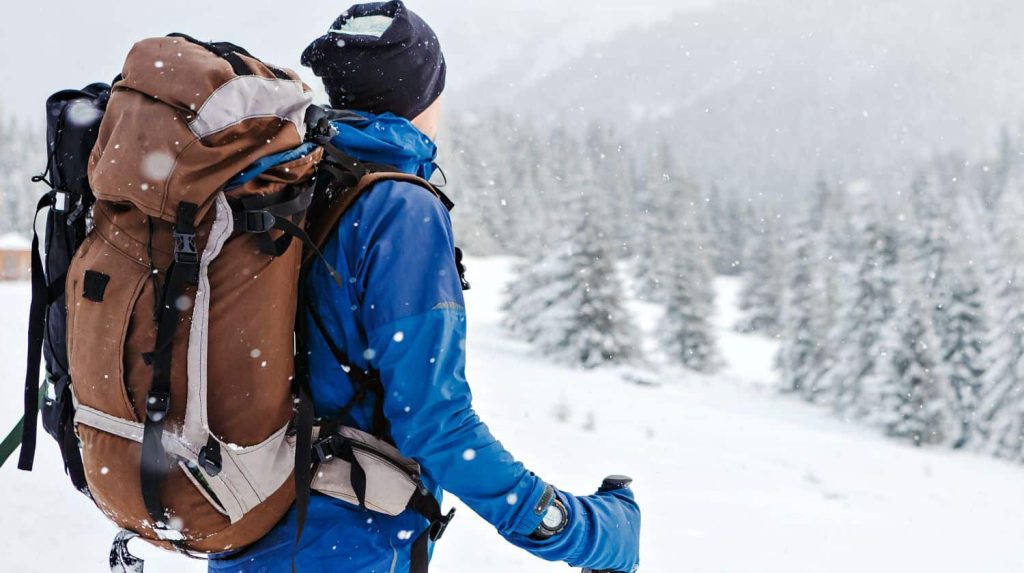
When preparing for a winter excursion, selecting the right gear is critical. Essential items include thermal clothing, designed to retain body heat and wick away moisture, and a sturdy, insulated pair of boots to protect feet from the cold and provide necessary traction on snow and ice. An emergency blanket, made from Mylar, reflects body heat and is crucial for warmth in extreme conditions. A reliable flashlight or headlamp, extra batteries, and a multi-tool are also indispensable in a winter survival kit. These items should be lightweight yet robust, capable of withstanding the rigors of winter weather.
Beyond the basics, carrying a well-stocked first aid kit, a map and compass for navigation, and a portable stove or means to start a fire is essential. In situations where visibility is poor, such as during a snowstorm, brightly colored gear can be a lifesaver, making one visible to rescuers. The key is to pack smartly, balancing the need for comprehensive preparedness with the need to keep the pack light enough for mobility. Regular checks and maintenance of this gear ensure that everything is in working condition when needed most.
Building A Winter Survival Shelter
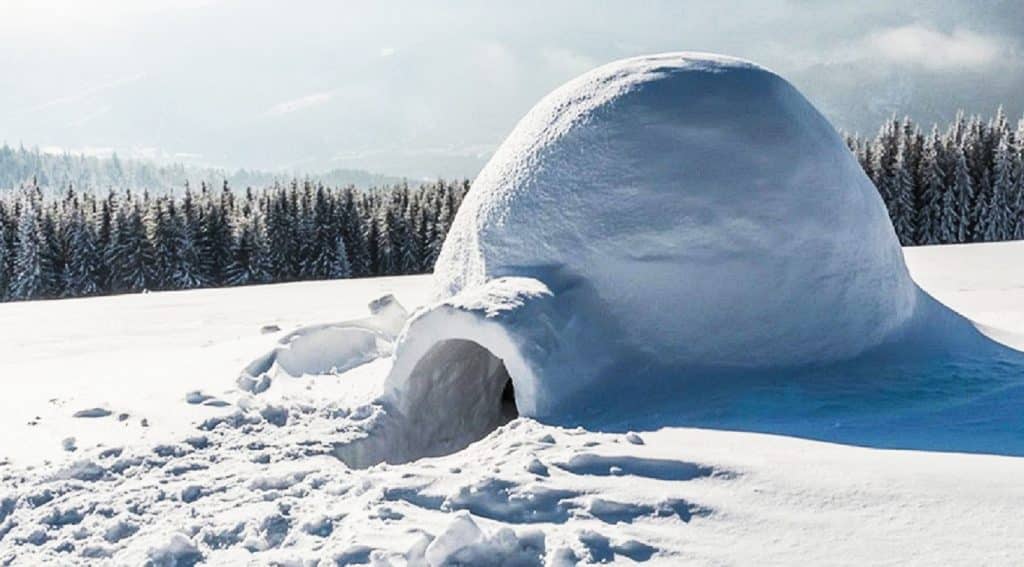
In the heart of winter, finding or creating shelter can be the difference between survival and succumbing to the elements. The primary goal of any winter shelter is to protect from wind, snow, and cold while also being well-insulated. A snow cave, for instance, is an effective option, using the natural insulating properties of snow to retain heat. Constructing a snow cave involves digging into a drift and creating a space large enough to lie down in, with an entrance tunnel that dips below the sleeping area to trap warm air.
An igloo is another traditional shelter constructed from blocks of hard-packed snow. The dome shape is remarkably stable and retains heat well. When these are not feasible, creating an emergency shelter using a tarp and natural materials like branches can provide temporary relief from the elements. Whatever the type, the shelter should be as small as practical to conserve body heat yet large enough to allow for comfortable movement. The key is to ensure that it is well-insulated, with materials like leaves, branches, or even snow packed around for extra warmth.
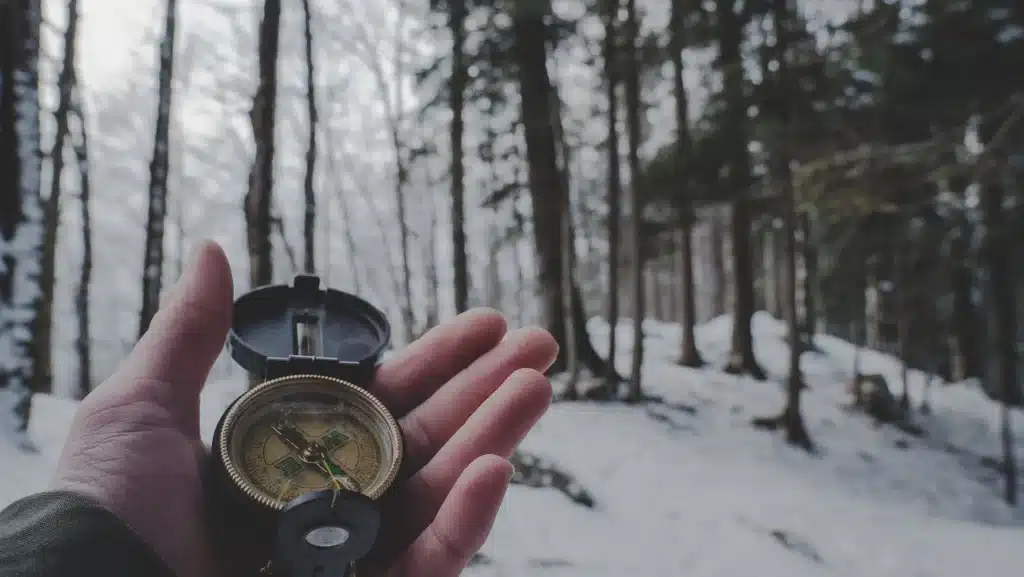
Navigating in a snowy landscape requires a different set of skills compared to other environments. Snow can obscure familiar landmarks, making it easy to lose one’s way. A compass becomes an invaluable tool in these conditions, providing a reliable means to maintain a consistent direction. Additionally, understanding how to read topographical maps can help identify features like valleys and ridges that may be less affected by snow cover. It’s also important to be aware of the shorter daylight hours in winter and plan routes accordingly.
In situations where one becomes lost, or needs rescue, signaling for help is crucial. Brightly colored clothing or gear can make one more visible against the snow. Flares or a whistle are effective signaling devices, especially when visibility is limited. Creating large symbols in the snow, such as an SOS, can also attract the attention of rescuers from the air. In situations where mobility is limited, staying put and creating a visible signal while waiting for help is often the safest course of action.
Finding Food And Water In Snowy Environments
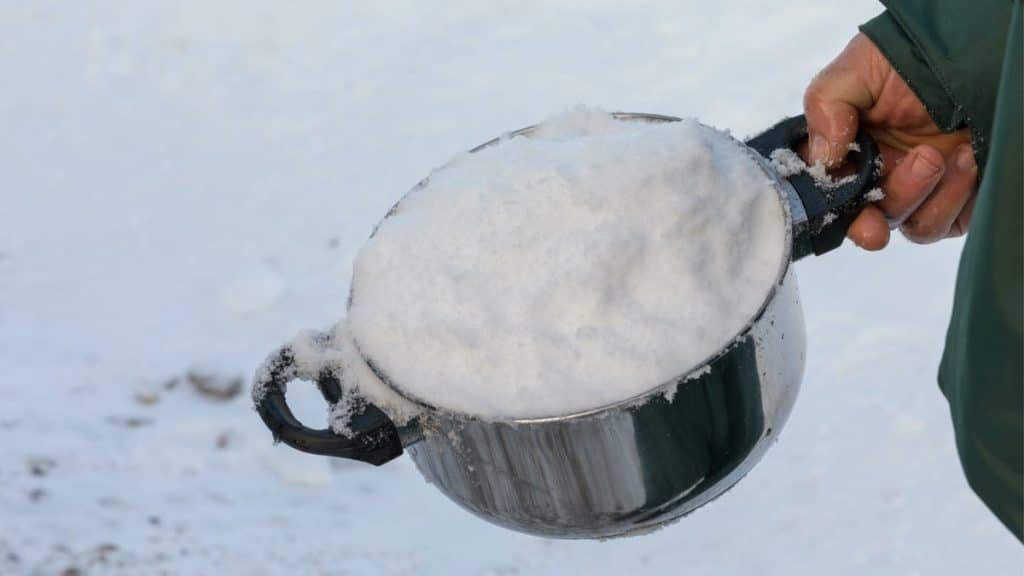
Survival in winter conditions often hinges on the ability to find food and water. Snow, while abundant, is not directly consumable as water; it must be melted and preferably boiled to ensure it’s safe to drink. Eating snow directly can lower body temperature, increasing the risk of hypothermia. Finding flowing water beneath ice or from a spring is ideal, but when not available, melting snow is the next best option. Using a portable stove or fire to melt snow for hydration is a vital skill in winter survival. It’s crucial to stay hydrated even in cold environments, as dehydration can occur just as quickly as in warmer conditions.
For food, winter environments can be challenging but not devoid of resources. Edible plants may be scarce, but knowledge of local flora that remains edible in winter is beneficial. Additionally, understanding basic trapping and hunting techniques can provide a crucial source of protein. Setting snares for small game or fishing in unfrozen water sources are viable options. It’s important to remember that any food source in winter will require more energy to obtain, so conserving energy and making efficient use of resources is key.
Fire Building Techniques In Winter Conditions
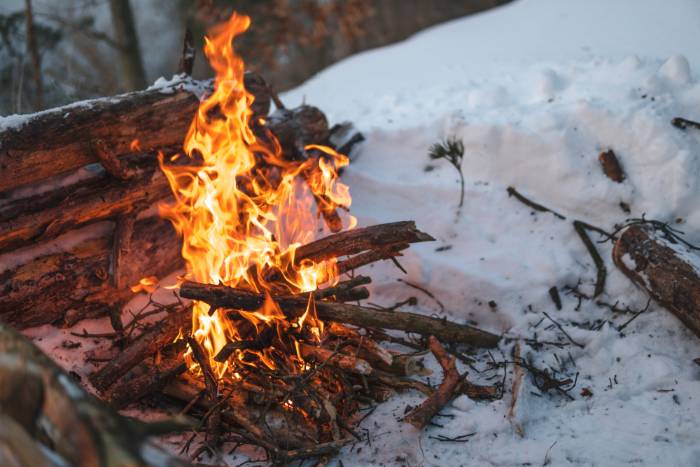
Building a fire is one of the most essential survival skills, especially in winter. The challenges of starting a fire in wet, snowy conditions are significant. The first step is to find dry tinder and kindling, which can be challenging after snowfall. Look for dead branches under dense trees or standing deadwood, which is often drier. Creating a platform of green branches or stones to keep the fire off the wet ground is important. Using a firestarter, such as waterproof matches or a flint striker, can make the process easier in damp conditions.
Once the fire is lit, maintaining it becomes the next challenge. Finding a sustainable supply of wood and keeping it dry is crucial. Building a reflector wall with logs or rocks can help direct the heat toward the shelter or sitting area. Additionally, it’s important to practice fire safety, even in snowy conditions. Ensuring the fire is completely extinguished before leaving the site and avoiding building fires under tree canopies or in areas with a lot of dry grass or leaves are critical safety measures. A well-maintained fire provides warmth and a means to cook food or melt snow and can also be a morale booster in challenging situations.
First Aid And Dealing With Emergencies
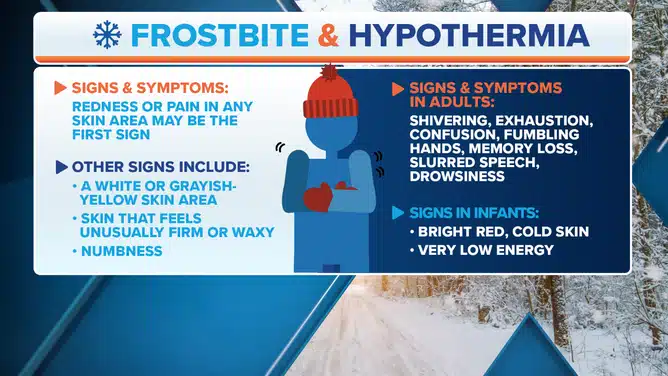
Winter environments increase the risk of certain injuries and health issues, making first aid knowledge crucial. Frostbite and hypothermia are the most common cold-related ailments. Recognizing the early signs of these conditions and knowing how to treat them can be lifesaving. Frostbite requires gradual warming and careful handling of the affected areas, while hypothermia treatment focuses on slowly raising the body’s core temperature. Carrying a well-equipped first aid kit, including items for wound care, splints for fractures, and thermal blankets, is essential.
Beyond cold-related ailments, injuries from slips, falls, or accidents are common in winter. Knowing how to manage sprains, fractures, and cuts is vital. In case of avalanches or snow-related accidents, understanding basic rescue techniques and how to quickly and safely extricate someone from snow is crucial. It’s also important to be aware of signs of altitude sickness if in mountainous regions. Having the skills to assess and respond to these emergencies can make the difference between a manageable situation and a life-threatening one.
Staying Mentally Strong And Resilient
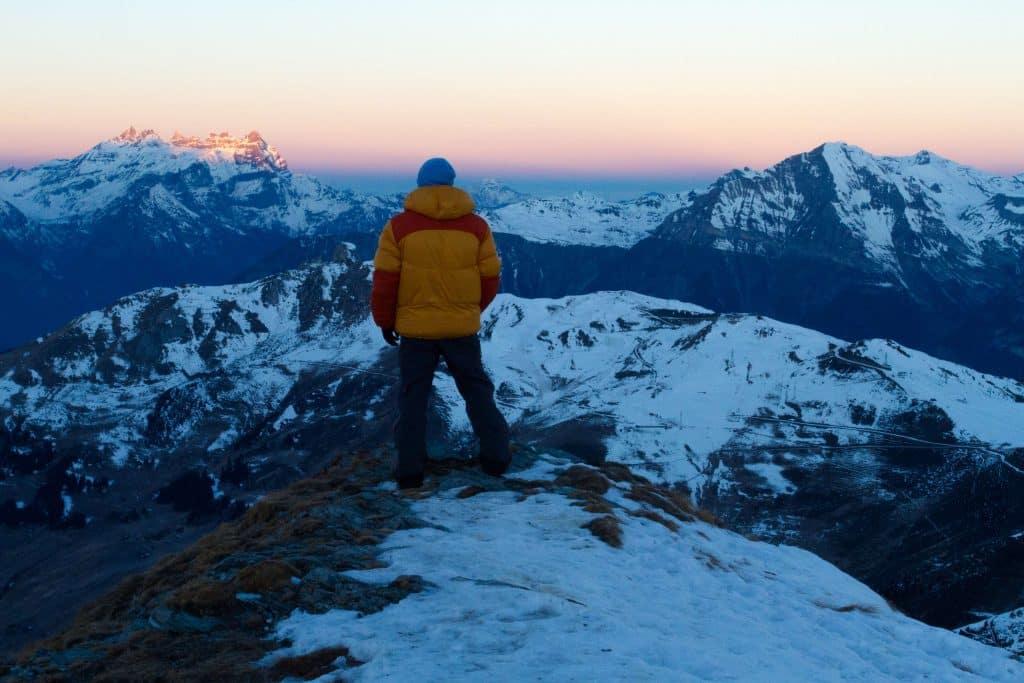
Mental resilience is as critical as physical skills in winter survival. The stress and isolation of survival situations can take a toll on mental health. Maintaining a positive attitude, managing stress, and keeping fear and panic at bay are crucial for making rational decisions. Techniques such as deep breathing, focusing on immediate tasks, and maintaining a routine can help in staying mentally strong. Remembering past successes and maintaining hope are essential for mental endurance.
Another aspect of mental resilience is the ability to adapt to changing conditions and make tough decisions. This might include rationing food and fuel, deciding whether to stay put or move to find help, or changing plans based on weather conditions. Keeping a survival diary or journal can help in maintaining a sense of purpose and tracking progress. The ability to think creatively, use resources efficiently, and remain calm under pressure are vital traits that can significantly increase the chances of surviving in harsh winter environments.
Be The Master Of Your Winter Adventures
As this guide has shown, mastering winter survival skills is about understanding your environment, being prepared with the right gear and knowledge, and maintaining physical and mental strength. These skills are not just for emergency situations; they can enhance all your winter outdoor activities. Now is the time to take the next step: start practicing these skills, attend survival workshops, and always be prepared for the unexpected. Remember, the key to mastering winter survival lies in continuous learning and practice. Your safety and enjoyment of the winter wilderness depend on it.
